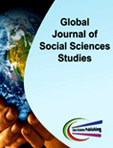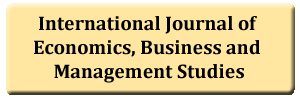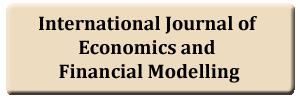The Effect of Bank Capital Buffer on Bank Risk and Net Interest Margin: Evidence from the US
DOI:
https://doi.org/10.20448/807.5.2.72.87Keywords:
Capital buffer, Tier I capital buffer, Total risk, Net interest margin.Abstract
This study used a balanced panel data set of USA well, adequately, under, significantly under and critically undercapitalized large commercial banks in pre, during and post-crisis period to investigate the effect of the capital buffer, tier one capital buffer and common equity buffer on risk and net interest margin. The Generalized Method of Moment (GMM) two-step estimation was applied. The conclusions showed that the capital buffer, common equity buffer, tier one capital buffer and total risk are negatively correlated. The findings of period dummies and subgroups dummies showed that capital buffer is influencing the total risk and net interest margin differently in pre, during and post-crisis. The results indicated that the interest margin is lower in pre-crisis and during crisis period than in the post-crisis period, which signifies the impact of capital restrictions imposed by regulators in Basel-III. The outcomes showed that the influence of capital buffer on the net interest margin is not similar in all the subgroups. In addition, the results indicated that there is a positive relationship between bank risk and net interest margin. The findings also displayed that the lagged risk and current risk are positively related.





